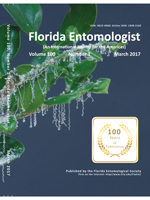BioOne.org will be down briefly for maintenance on 14 May 2025 between 18:00-22:00 Pacific Time US. We apologize for any inconvenience.
ANNOUNCEMENTS (1)
RESEARCH PAPERS (22)
SCIENTIFIC NOTES (15)

No abstract available
No abstract available
No abstract available
